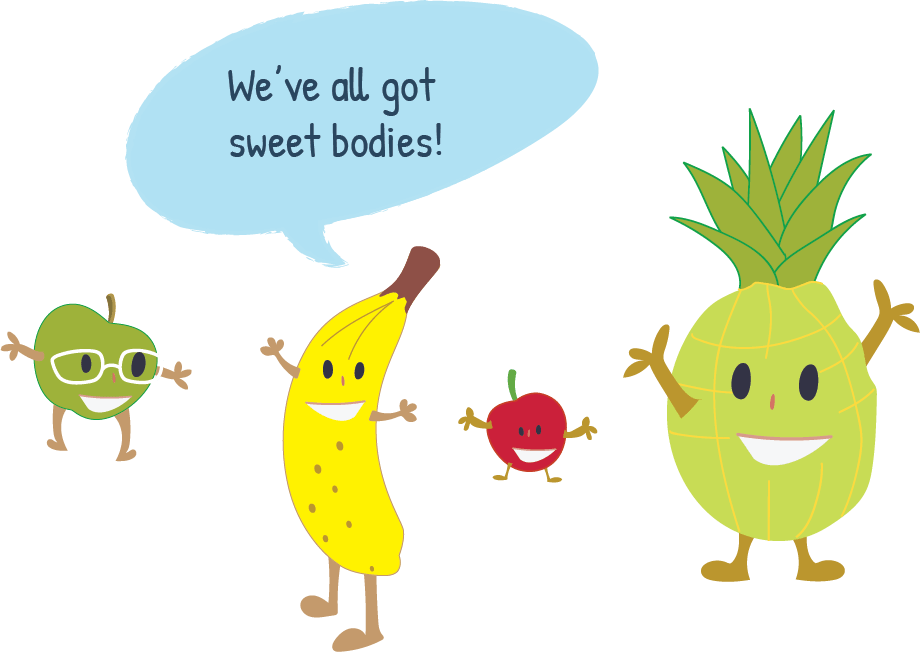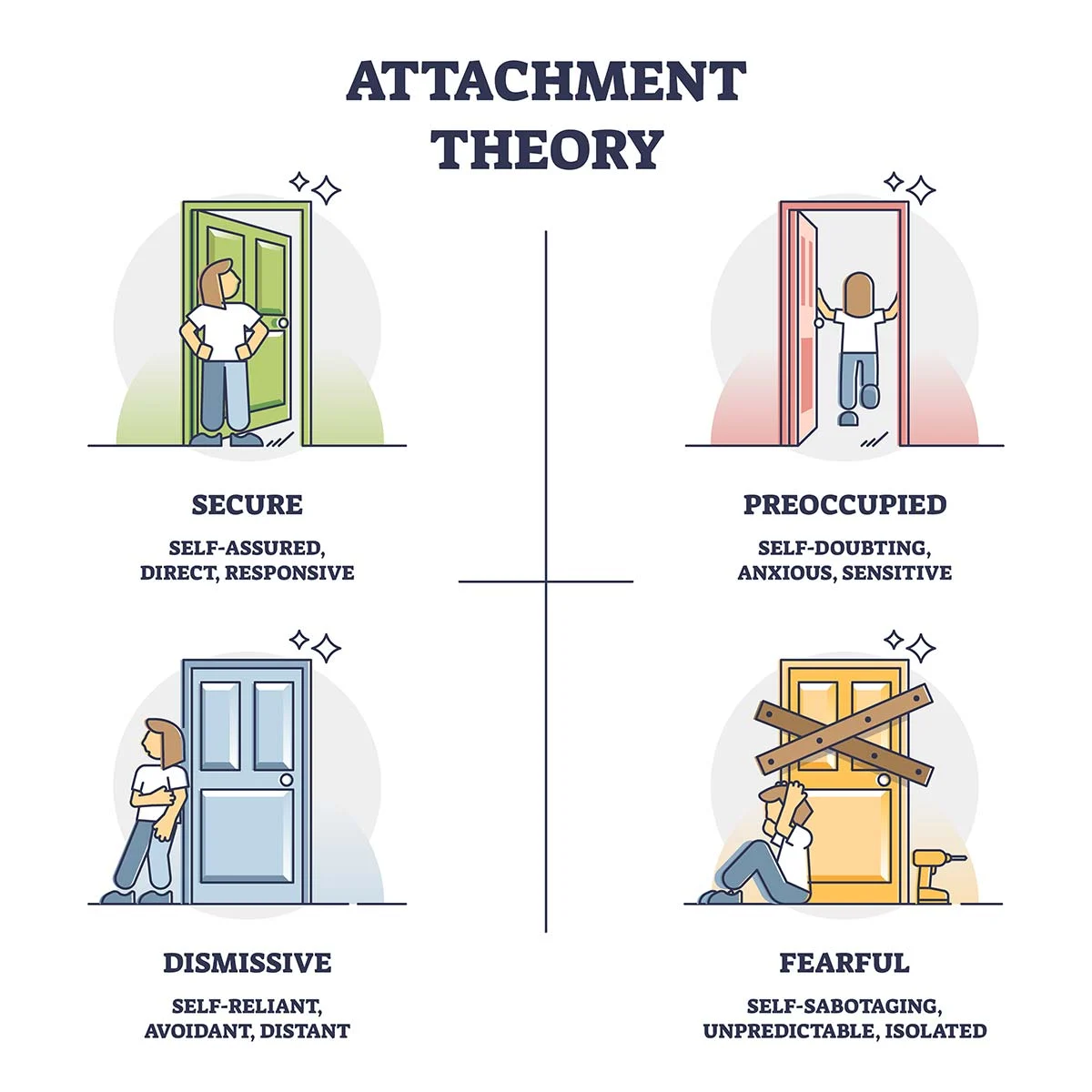Creativity is a charming part of human comprehension that contacts each edge of our lives, from creative undertakings to critical thinking in regular circumstances. The connections that underlie our capacity to come up with novel concepts, connections, and solutions are the focus of the psychology of creativity. It investigates how our brains explore the sensitive harmony among construction and development, routine, and innovation. By understanding the brain research of imagination, we can take advantage of our innovative potential and sustain it to improve different parts of our lives.
What is Creativity?
Innovativeness is the most common way of creating one-of-a-kind and significant thoughts, arrangements, or works that wander from the normal. In order to produce something new and significant, it entails combining previously held ideas, insights, and experiences in novel ways. Imagination isn’t restricted to the domains of craftsmanship and planning; it’s a fundamental part of critical thinking, advancement, and self-improvement.
The Creation Method: Bits of Knowledge and Stages
The innovative flow is a long way from a direct excursion; it’s a powerful exchange between various stages, frequently including motivation, brooding, knowledge, assessment, and elaboration. Our minds are sparked during inspiration by either external stimuli or internal musings, preparing the ground for novel associations. Hatching follows a period when the psyche mind does something amazing, interfacing apparently irrelevant thoughts. When we least expect them, insights appear, frequently accompanied by the “aha!” second when dissimilar snippets of data at long last snap. Following evaluation, where concepts are refined and expanded upon, is elaboration, which helps us determine the value of our ideas.
Factors Influence the Creativity of a Person
Our capacity for creativity is impacted by a variety of factors. Divergent thinking is the capacity to generate a large number of distinct ideas, whereas convergent thinking is the process of selecting the most compelling ones from those ideas. Creativity requires a balance between these two ways of thinking. A personality trait that is characterized by curiosity and an openness to new ideas—openness to experience—also plays a role. Ecological elements, like a steady and invigorating setting, can cultivate imagination.
Boundaries to Innovativeness
Notwithstanding its inborn human instinct, innovativeness can confront road obstructions. Apprehension about disappointment and hairsplitting might smother development by establishing a climate where dangers have stayed away from. Mental fixedness — the propensity to see things in a solitary manner — can restrict our capacity to break new ground. Outer tensions and time limitations might block the free progression of thoughts.
The Clouded Side of Innovativeness:
The Myth of the “Mad Genius” Despite the fact that creativity is frequently praised, it is essential to acknowledge that it is not always associated with beneficial outcomes. The generalization of the “frantic virtuoso” proposes a connection between psychological sickness and innovativeness, however actually more nuanced. While a few imaginative people might battle with emotional wellness issues, innovativeness itself isn’t intrinsically connected to psychological sickness. As a matter of fact, supporting one’s psychological and close-to-home prosperity is urgent for supporting a solid inventive practice.
Developing Imagination in Various Areas
Imagination shows distinctively across different areas, whether it’s specialty, science, innovation, or business. Every space requires an exceptional mix of abilities and approaches. For example, imaginative innovativeness could include taking advantage of feelings and self-articulation, while logical inventiveness could include theory age and trial and error. Understanding how imagination adjusts to various settings can assist people with utilizing their innovative abilities in their picked fields.
Step-by-step Instructions to Release Creative Potential
Releasing your imaginative potential includes developing a climate, mentality, and practices that cultivate inventive reasoning and articulation. Here are a few stages you can take to take advantage of your innovative wellspring:
- Embrace Interest and Investigation: Creativity is founded on curiosity. Open your mind to new experiences, concepts, and points of view. Explore a variety of inspiration sources, including art, books, nature, and conversations.
- Establish a Steady Climate: Encircle yourself with individuals who empower and uphold your innovative undertakings. Create a physical environment that inspires creativity and reflects your interests.
- Practice Care: Care assists you with remaining present, tuning into your faculties, and calming mental clamor, which can upgrade innovative reasoning. Build your mindfulness skills by participating in activities like yoga or meditation.
- Challenge Hypotheses: Challenge your preconceptions and conventional wisdom. Inquire “What if?” Furthermore, investigate elective points of view and arrangements.
- Fiddle with Different Fields: Investigate various areas important to expand your insight and invigorate cross-disciplinary reasoning. The combination of thoughts from different spaces can prompt special imaginative bits of knowledge.
- Participate in Lively Investigation: Move toward undertakings with a lively mentality, permitting yourself to trial and commit errors. Playfulness can lead to surprising connections and ideas.
- Create Space for Creativity: Schedule a regular time to engage in creative endeavors, such as writing, drawing, coding, or any other creative activity. Consistency supports innovativeness and assists you with gaining ground after some time.
- Embrace Disappointment and Gain from It: Disappointment is a characteristic piece of the innovative flow. Don’t let setbacks get you down; take them as chances to improve and learn. Ponder what you’ve gained from every inability to refine your methodology.
- Work together and Look for Criticism: Collaboration challenges your ideas and exposes you to new perspectives. Look for input from others to acquire experiences and refine your work.
- Try thinking in different ways: Produce a large number of thoughts without judgment. Amount frequently prompts quality. To come up with new ideas, try brainstorming, mind mapping, and lateral thinking.
- Increase Your Knowledge: Read a lot, keep learning, and be interested in a wide range of topics. You have more resources to work with when coming up with ideas when you have a large knowledge base.
Keep in mind that creativity is a process, not a destination. It is not necessary to become a “creative genius” overnight; rather, you must engage in practices that nurture your creative thinking over time and do so consistently. Embrace the cycle, partake in the disclosures, and permit yourself to investigate unknown regions of your creative mind.
Conclusion
Self-discovery and creativity are two aspects of the creative journey. You are equipped with the knowledge necessary to realize your untapped potential thanks to insights from creativity psychology. Fuel your inventive flash by embracing interest and inviting disappointments as venturing stones to development. Establish a climate that sustains your creative mind and challenges you to challenge the standard. Commend the little triumphs en route and recollect that your imagination is limitless.
Whether you’re a craftsman, a business person, or essentially trying to implant your existence with greater inventiveness, your exceptional point of view has the ability to shape the world. Embrace your excursion, pay attention to your gut feelings, and relish the invigorating system of creation. Your legacy of creativity is waiting to be shared with the world.





